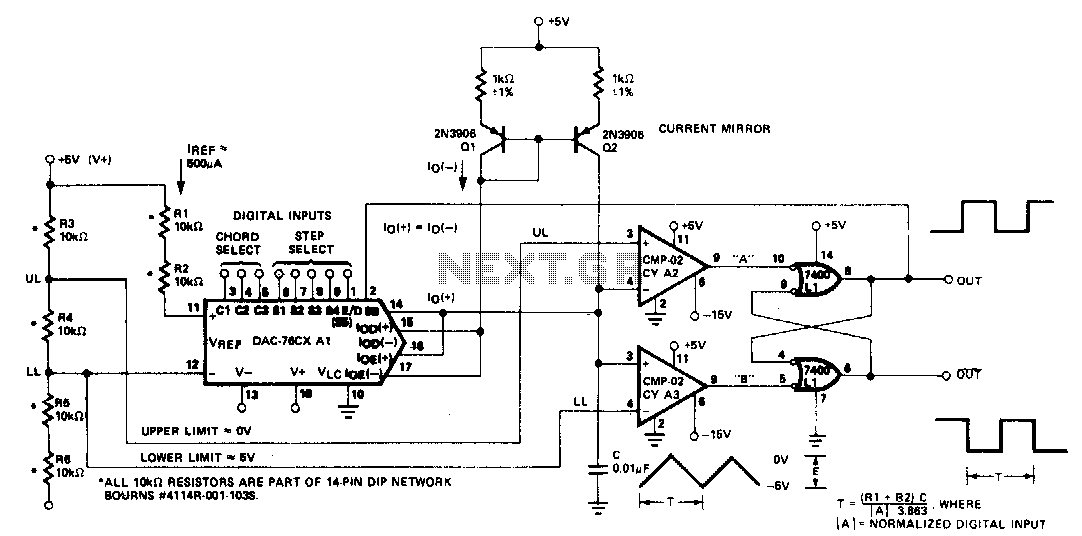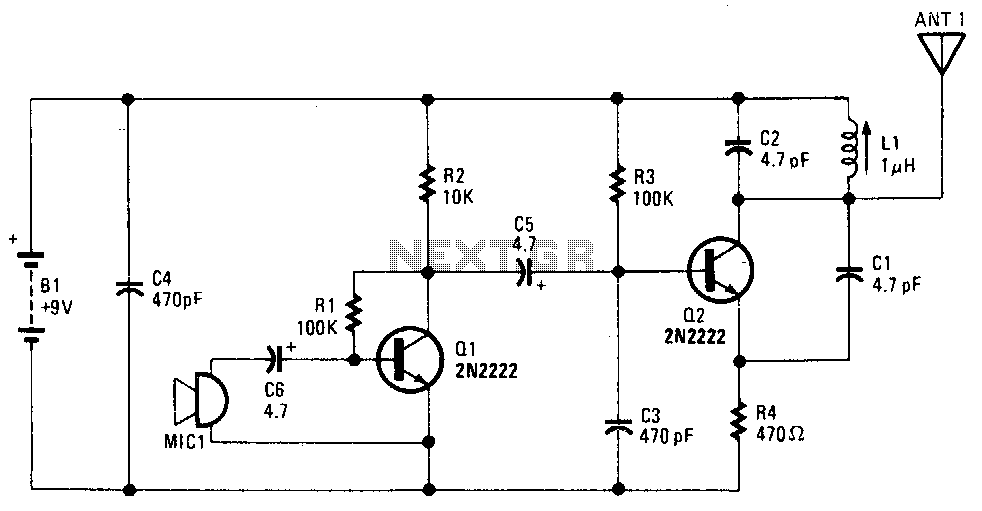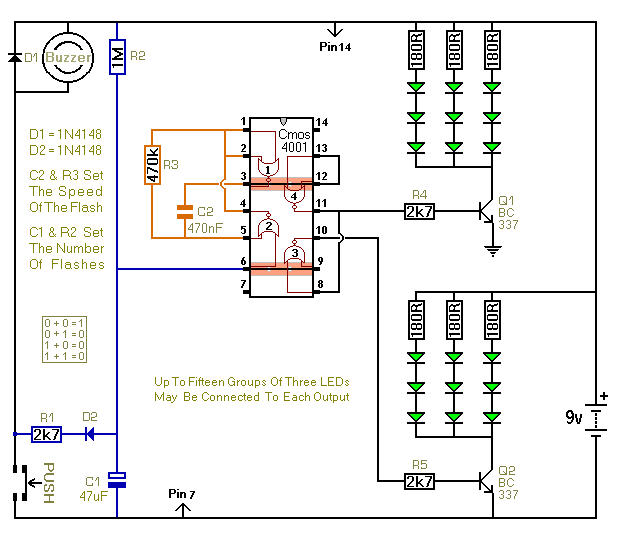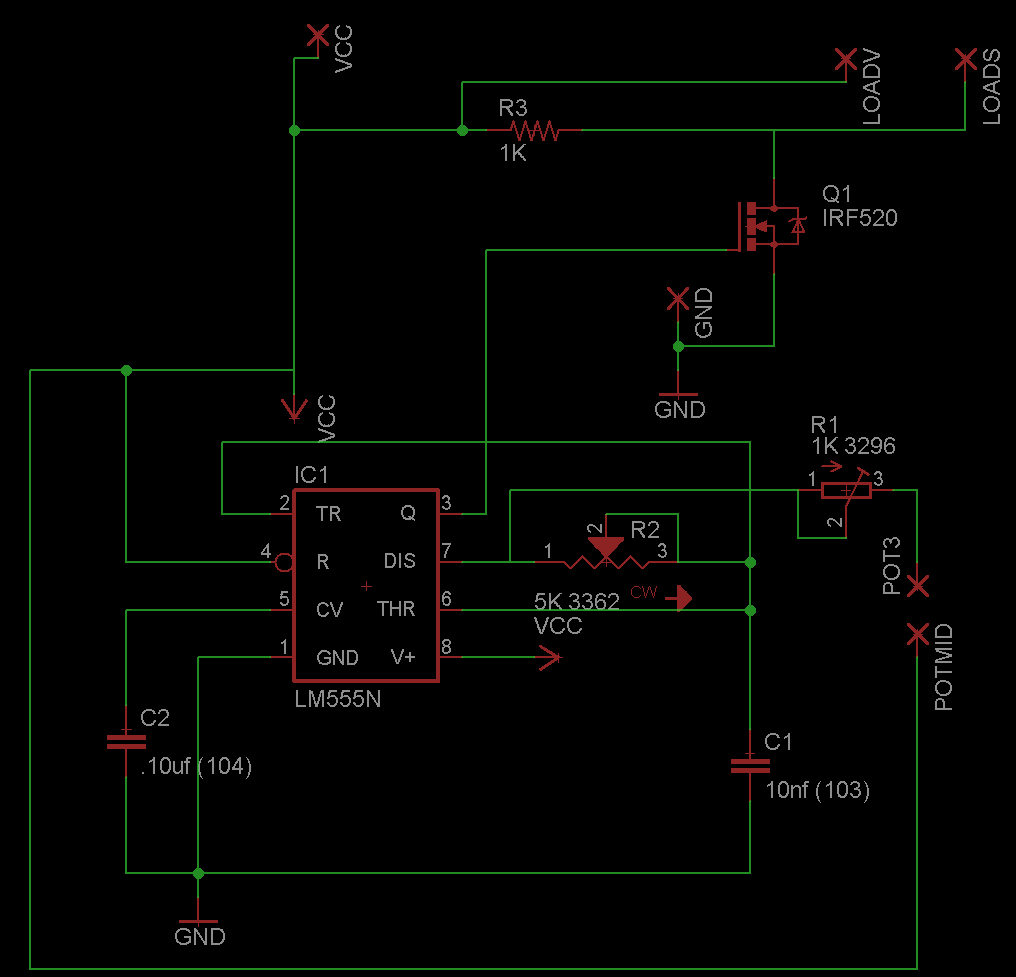
how to build cell phone controlled door
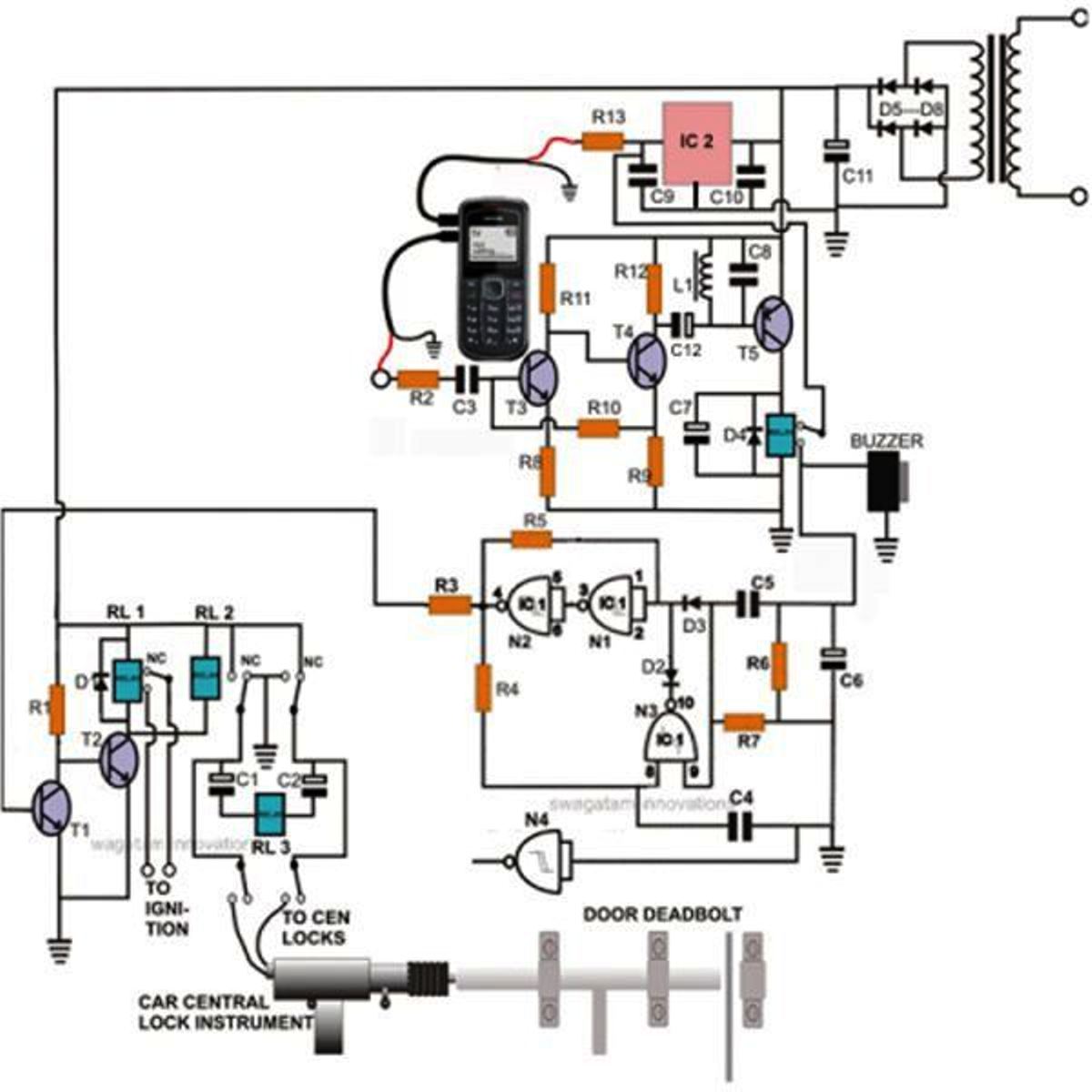
Controlling a door lock through a personal cell phone has become remarkably straightforward. This project outlines the construction of a simple electronic circuit that transforms a conventional door lock into a high-security lock, which can now be operated via a mobile phone. The ordinary door lock can be easily upgraded to a cell phone-controlled high-security door lock. The entire building process is explained through straightforward instructions and circuit schematics. A basic configuration utilizing a low-cost cell phone (acting as a modem) and an electronic circuit can be assembled to remotely control a high-security door lock. Once the unit is constructed and affixed to a door, the owner can lock and unlock the door by sending missed calls from their personal cell phone number to the modem cell phone from anywhere in the world. In this project, a NOKIA 1202 is used as the modem cell phone. The fundamental concept involves detecting a specific ringtone from a SIM-enabled modem to toggle the electronic circuit and the door lock accordingly. The unique ringtone "Beep Once" or "No Tone" is available on every NOKIA cell phone and can be assigned to any designated number. This ringtone is specific to the assigned number and is triggered whenever a call is received from that number. A 5-volt regulated supply is utilized to continuously charge the modem, ensuring that its battery remains charged. This supply also powers the IC 4093 at pin 14 (+) and pin 7 (-). An in-built cut-off system in every NOKIA cell phone guarantees safe charging. The accompanying figure illustrates a simple three-transistor amplifier circuit, which functions as a tone amplifier. Upon receiving a missed call from the designated number (the owner's cell phone), the modem responds by producing the desired ringtone ("Beep Once"). The tone frequency is captured from the modem's headphone socket and fed into the tone amplifier's input. The ringtone is amplified and used to momentarily toggle a relay. This relay sends a 5-volt trigger pulse to the input of a CMOS flip-flop circuit and also activates a buzzer. The flip-flop toggles in response to this action, subsequently activating the transistor/relay locking mechanism. A car central locking system is effectively integrated with a standard manual locking shaft to create an efficient door deadbolt. The entire system operates in a push-pull manner, alternately locking and unlocking the door in response to each subsequent missed call from the owner's cell phone.
The electronic circuit described includes several essential components that work together to ensure the effective operation of the door locking mechanism. The NOKIA 1202 cell phone serves as the primary control unit, acting as a modem that receives calls and generates the specified ringtone. The tone amplifier circuit, composed of three transistors, amplifies the ringtone to a suitable level to activate the relay. The relay acts as a switch, connecting the power supply to the locking mechanism when triggered.
The CMOS flip-flop circuit is crucial for maintaining the state of the lock; it toggles between locked and unlocked states based on the input from the relay. This allows for a secure and reliable locking mechanism that can be controlled remotely. Additionally, the integration of a car central locking system with the manual locking shaft enhances the security and functionality of the door lock.
For practical implementation, it is important to ensure that the connections are secure and that the power supply is stable to avoid any interruptions in operation. Proper mounting of the components and the door lock mechanism is also necessary to ensure reliable performance. This project not only enhances security but also provides convenience, allowing users to control their door lock from virtually anywhere using their mobile phone.Controlling your door lock through your personal cell phone was never this easy. Learn how to build a simple electronic circuit that will help in converting your ordinary door lock into a high security door lock which can be now controlled through your own cell phone. Your ordinary door lock can be now very easily converted into a cell phone c ontrolled high security door lock. Learn the entire building procedure through some simple instructions and circuit schematics. A very simple configuration using a low cost cell phone (used as a modem) and an electronic circuit can be build to control remotely a high security door lock. Once the unit is built and attached to a door, by simply assigning your personal cell phone`s number inside the modem cell phone, you can alternately lock and unlock a particular door by sending subsequent miss calls through your cell phone to it from any part of the world.
We use a NOKIA 1202 as the modem cell phone here for the project. Let`s proceed and learn the simple instructions required to complete the project. The basic concept of the project is to detect a particular ringtone from a SIM supporting modem and use it to toggle the electronic circuit and the load (door lock) correspondingly. The very specific and unique ringtone Beep Once or the No Tone is available with every NOKIA cell phone.
And also this ring can be assigned to any particular fed number of the cell phone. So this ringtone becomes specific only to that particular number and will be sounded every time a call is received from the assigned number. This facility has been ideally exploited here. A 5 volt regulated supply is used to trickle charge the modem round the clock so that its battery is never discharged.
This supply also goes to the IC 4093 = pin 14 (+) and pin 7(-). An in-built cut-off system inside every NOKIA cell phone ensures a safe charging. The FIGURE above shows a simple three transistor amplifier circuit which is basically used as a tone amplifier. On receiving a miss call from the assigned number (owner`s cell phone), the modem immediately responds and produces the desired ringtone (Beep Once ).
This tone frequency is collected from the modem`s headphone socket and applied to the tone amplifier`s input. The ringtone is suitably amplified and is used to toggle a relay momentarily. This relay connects a 5 volt trigger pulse to the input of CMOS flip flop circuit and also sounds a buzzer.
The flip flop toggles in response to the above action and activates the following transistor/relay locking mechanism. A car central lock has been effectively integrated with an ordinary manual locking shaft to form an excellent door dead bolt.
The whole system activates in a push pull manner to alternately lock and unlock the door in response to every subsequent miss call from the owner`s cell phone. 🔗 External reference
The electronic circuit described includes several essential components that work together to ensure the effective operation of the door locking mechanism. The NOKIA 1202 cell phone serves as the primary control unit, acting as a modem that receives calls and generates the specified ringtone. The tone amplifier circuit, composed of three transistors, amplifies the ringtone to a suitable level to activate the relay. The relay acts as a switch, connecting the power supply to the locking mechanism when triggered.
The CMOS flip-flop circuit is crucial for maintaining the state of the lock; it toggles between locked and unlocked states based on the input from the relay. This allows for a secure and reliable locking mechanism that can be controlled remotely. Additionally, the integration of a car central locking system with the manual locking shaft enhances the security and functionality of the door lock.
For practical implementation, it is important to ensure that the connections are secure and that the power supply is stable to avoid any interruptions in operation. Proper mounting of the components and the door lock mechanism is also necessary to ensure reliable performance. This project not only enhances security but also provides convenience, allowing users to control their door lock from virtually anywhere using their mobile phone.Controlling your door lock through your personal cell phone was never this easy. Learn how to build a simple electronic circuit that will help in converting your ordinary door lock into a high security door lock which can be now controlled through your own cell phone. Your ordinary door lock can be now very easily converted into a cell phone c ontrolled high security door lock. Learn the entire building procedure through some simple instructions and circuit schematics. A very simple configuration using a low cost cell phone (used as a modem) and an electronic circuit can be build to control remotely a high security door lock. Once the unit is built and attached to a door, by simply assigning your personal cell phone`s number inside the modem cell phone, you can alternately lock and unlock a particular door by sending subsequent miss calls through your cell phone to it from any part of the world.
We use a NOKIA 1202 as the modem cell phone here for the project. Let`s proceed and learn the simple instructions required to complete the project. The basic concept of the project is to detect a particular ringtone from a SIM supporting modem and use it to toggle the electronic circuit and the load (door lock) correspondingly. The very specific and unique ringtone Beep Once or the No Tone is available with every NOKIA cell phone.
And also this ring can be assigned to any particular fed number of the cell phone. So this ringtone becomes specific only to that particular number and will be sounded every time a call is received from the assigned number. This facility has been ideally exploited here. A 5 volt regulated supply is used to trickle charge the modem round the clock so that its battery is never discharged.
This supply also goes to the IC 4093 = pin 14 (+) and pin 7(-). An in-built cut-off system inside every NOKIA cell phone ensures a safe charging. The FIGURE above shows a simple three transistor amplifier circuit which is basically used as a tone amplifier. On receiving a miss call from the assigned number (owner`s cell phone), the modem immediately responds and produces the desired ringtone (Beep Once ).
This tone frequency is collected from the modem`s headphone socket and applied to the tone amplifier`s input. The ringtone is suitably amplified and is used to toggle a relay momentarily. This relay connects a 5 volt trigger pulse to the input of CMOS flip flop circuit and also sounds a buzzer.
The flip flop toggles in response to the above action and activates the following transistor/relay locking mechanism. A car central lock has been effectively integrated with an ordinary manual locking shaft to form an excellent door dead bolt.
The whole system activates in a push pull manner to alternately lock and unlock the door in response to every subsequent miss call from the owner`s cell phone. 🔗 External reference

